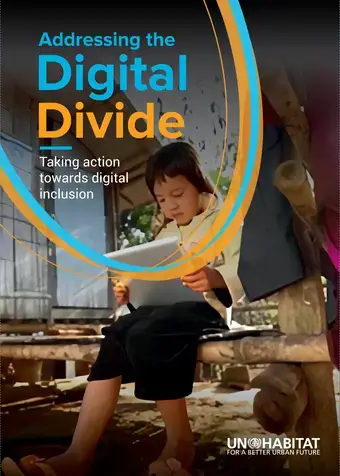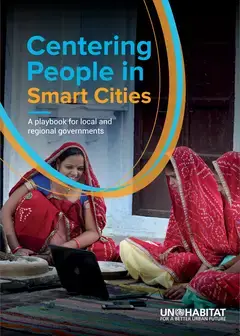
Until recently, digital divide policy was focused primarily on physical access to infrastructure. While the cost and affordability of ICT remains a big issue in many countries, a larger problem is the lack of knowledge and understanding of information technology itself. Some studies show over 40 percent of the world population have not been given the opportunity to learn how to use a computer. Consequently, emerging digital inclusion policy focuses more on improving digital skills, better internet usage opportunities and building awareness of positive attitudes of the internet.
This Playbook is structured around six main steps that public authorities, NGOs or communities can take towards taking action to address the digital divide. These steps build on the foundation laid by UN-Habitat’s previous playbook, “Assessing the Digital Divide,” where readers learned how to collect, analyse and report grassroots data about the digital divide in the form of a digital divide assessment (Step 1). Following their assessment, readers should be able to identify their digital divide taxonomy (Step 2), or the unique conditions of their communities’ digital divide.
This playbook picks up from there, guiding readers through four additional steps towards translating data into action:
- Co-creating a digital inclusion plan - How to develop and execute an evidence-based, community driven approach to developing a comprehensive digital inclusion plan.
- Choosing a framework for taking action - An overview of the various types of models for taking action including government owned and operated Networks, public private partnerships and facilitating community networks.
- Choosing a finance model - An overview of types of finance strategies that can be leveraged to achieve your goals.
- Executing your plan - Examples of best practices around the world of successful strategies targeting each type of digital divide taxonomy.

